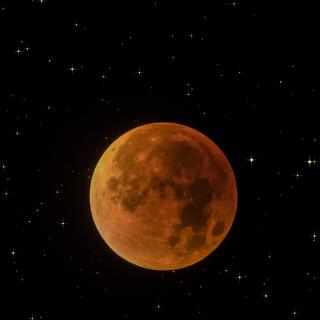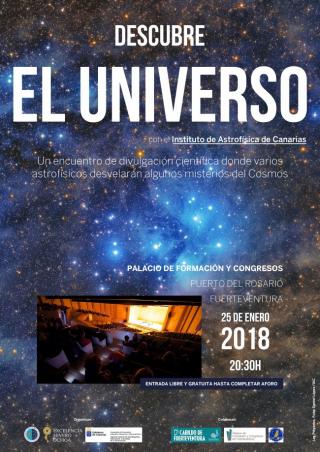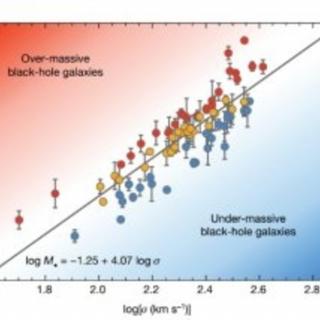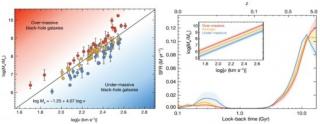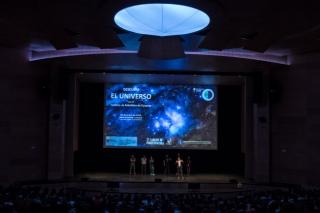
Más de mil personas asistieron ayer a este evento de divulgación científica, celebrado en el Palacio de Formación y Congresos de Puerto del Rosario, donde disfrutaron de una serie de charlas sobre las distintas áreas de investigación en las que trabaja el Instituto de Astrofísica de Canarias y la instrumentación presente y futura en los Observatorios de Canarias.
Advertised on
